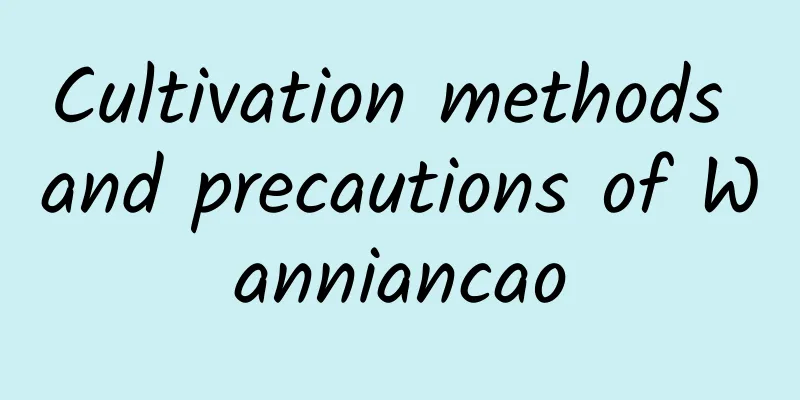Are hydrangeas poisonous?

1. ToxicHydrangea contains toxic ingredients. The whole plant is poisonous, so it is not suitable for indoor cultivation, especially in families with children. To prevent the danger of accidental ingestion, it is recommended to grow it in the courtyard. Its stems and leaves are the most toxic, and use can cause symptoms such as hernia, abdominal pain, diarrhea, vomiting, shortness of breath, and blood in the stool. 2. Indoor farmingHydrangea is poisonous, but its smell is not toxic. Moreover, its bright and beautiful appearance, like a cluster of hydrangea flowers, is very lovable, so it can be grown indoors. But be careful not to let children eat it by mistake, and wash it immediately after touching it. If there is a pregnant woman at home, it is best not to raise it. During pregnancy, women's bodies undergo major changes, and the scent of flowers may cause discomfort or nausea. 3. Prevent allergiesPeople who are allergic to pollen are not suitable for growing hydrangeas. If you accidentally come into contact with hydrangeas and develop allergies, redness or swelling, seek medical attention immediately or take anti-allergic drugs. |
<<: What are the whole grains?
>>: What can't be eaten with mango?
Recommend
What fertilizer is good for grape vines?
Overview of Grapevine Fertilization Grapevines ar...
Cultivation methods and precautions of Artemisia selengensis
1. Soil In moist, humus-rich soil, Artemisia sele...
How to make bayberry sprout quickly
Bayberry germination environment Bayberry prefers...
What to do if the leaves of the yellow jasmine turn yellow
reason There are two main reasons for yellowing l...
Taboos of mugwort foot bath, can pregnant women use mugwort foot bath
1. Taboos of Foot Soaking 1. The time should not ...
Can lettuce be eaten raw? How to make it delicious
1. Can it be eaten raw? Of course, lettuce can be...
Three conditions for seed germination
1. Suitable temperature When seeds are about to g...
How to prune five-needle pine
How to prune five-needle pine branches Five-needl...
How to reproduce green algae balls? Reproduction method and time
How to reproduce green algae balls Green algae ba...
The growing environment and local conditions of wild ginseng
Wild ginseng growth environment and conditions Wi...
How to make poinsettia bloom, and what to do with it after it blooms
1. How to make poinsettia bloom 1. Control the te...
What kind of soil is good for repotting Clivia
1. What soil to use When repotting, you can buy s...
What fertilizer is good for longevity flowers
Overview of Kalanchoe fertilization Kalanchoe is ...
How to reproduce Datura
Seed propagation of Datura Datura is usually prop...
What flowers are green?
1. Daisy There are many colors of daisies, includ...









